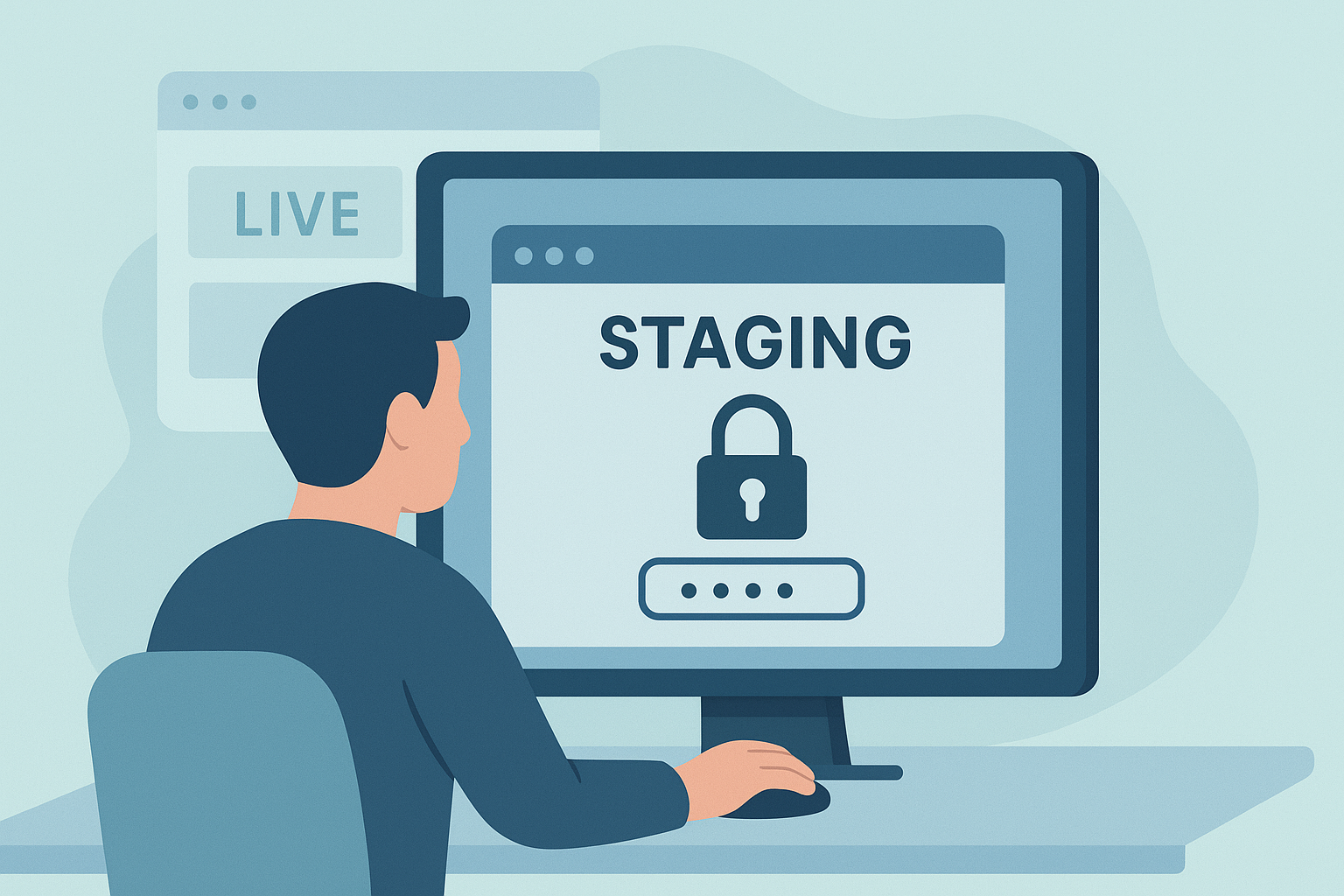Brute force attacks are a constant trouble for anyone managing a server, and if you’re using Plesk, you’ve likely seen suspicious login attempts pile up in your logs. This happens when hackers try thousands of username and password combinations until they break in. That’s where Fail2Ban comes in. When you use Fail2Ban in Plesk, you can automatically detect and block these threats before they turn into real problems, all without getting deep into the command line. In this guide, we’ll show you how to set it up, tweak its settings, and keep your server locked down without locking yourself out.
What Is Fail2Ban?
Fail2Ban is a log-parsing tool that scans your server’s logs for repeated failed login attempts and bans the offending IP address using firewall rules. In simpler terms, it’s like a smart watchdog. It watches who’s trying to break in, and after too many tries, it slams the door shut.
When you use Fail2Ban in Plesk, you get the power of this tool with a friendly GUI and integrated security controls.
In recent versions of Plesk (like Obsidian), Fail2Ban is installed by default, but it still needs to be enabled and configured to work its magic. Let’s get started.
Step 1 – Access the Fail2Ban Interface in Plesk
- Log in to your Plesk control panel (usually at https://your-server-ip:8443).
- From the left menu, click “Tools & Settings.”
- In the Security group, select IP Address Banning (Fail2Ban).
Step 2 – Enable Fail2Ban Intrusion Detection
- In the Fail2Ban section, go to the Settings tab.
- Check the box for Enable intrusion detection and click “OK.”
Congratulations! You’ve just turned on the basic protection. But let’s fine-tune it for maximum effectiveness.
Step 3 – Customize Fail2Ban Settings
Fail2Ban works by counting failed login attempts from a single IP address. If the number of failures hits your threshold within a certain time window, that IP gets banned. Here’s how to tweak these settings:
- Ban period – How long an IP stays blocked (default is usually 10 minutes, but you can set it longer for persistent attackers.
- Detection window – The time frame in which failed attempts are counted (e.g., 10 minutes).
- Failure threshold – The number of failed attempts that trigger a ban (default is often 5).
Adjust these values based on your needs. If you’re seeing a lot of attacks, consider lowering the threshold or increasing the ban period.
Step 4 – Manage Jails for Granular Protection
Fail2Ban uses Jails, rule sets that monitor specific services (like SSH, Plesk, or email). Plesk comes with several preconfigured jails, but you can enable, disable, or tweak them as needed.
- Go to the Jails tab in the Fail2Ban interface.
- Review the list of available jails (e.g., plesk-login, sshd, postfix, dovecot).
- Enable the jails for services you want to protect.
- Disable any jails for services you don’t use, to reduce false positives.
Remember to only enable jails for services you actually use. Otherwise, you may end up blocking harmless connections or wasting server resources.
To edit a jail, click the jail name (e.g., plesk-login) and adjust the following settings:
- Max Retry – Number of failed attempts before banning.
- Find Time – Time window in seconds to count those failed attempts.
- Ban Time – How long (in seconds) to block the IP.
Here’s an example:
- Max Retry:
5 - Find Time:
600(10 minutes) - Ban Time:
3600(1 hour)
This setup bans an IP for 1 hour after 5 failed logins within 10 minutes.
Want something stronger? Set the ban time to 86400 (1 day) or even -1 for a permanent ban (use with caution).
Step 5 – Whitelist Trusted IPs
Sometimes, legitimate users (or your own network) might trigger Fail2Ban by accident. To avoid locking yourself out:
- Go to the Trusted IP Addresses section.
- Add any IPs or networks that should never be banned (like your office IP or home network).
This is especially important if you have remote teams or use multiple locations to access your server.
Tip: Always add your IP before playing with aggressive ban rules.
Step 6 – Monitor and Maintain
Fail2Ban isn’t a “set it and forget it” tool. Regularly check the Fail2Ban logs (available in the Plesk interface) to see which IPs have been banned and why. This helps you spot patterns, adjust your settings, and ensure you’re not accidentally blocking legitimate traffic.
If you need to manually block or unblock an IP, you can do so in the Fail2Ban interface. For advanced users, you can also use SSH commands like sudo fail2ban-client set plesk-login banip 1.2.3.4 to block an IP manually.
Step 7 – Stay Updated
Keeping Plesk and Fail2Ban updated is super important for maintaining the security and performance of your server. Regular updates not only bring you the latest security features that help protect against new threats but also fix any pesky bugs that might be causing issues. Think of it like getting regular check-ups for your car; it keeps everything running smoothly and helps prevent bigger problems down the road. So, make it a habit to check for updates frequently to ensure your system is always in top shape.
Best Practices for Using Fail2Ban in Plesk
- Don’t over-ban – Banning too aggressively might block real users, including yourself.
- Review logs weekly – Keep an eye out for false positives or new attack patterns.
- Combine with ModSecurity – Fail2Ban stops login brute force; ModSecurity stops code injection and web attacks.
- Update filters – If you rely on custom filters, review and refine them occasionally.
What If You Don’t See Fail2Ban in Plesk?
If you’re looking under Tools & Settings and don’t see Fail2Ban listed under the Security section, it likely means the component hasn’t been installed yet. Before you can use Fail2Ban in Plesk, you’ll need to add it. Here’s what you should do:
Installing Fail2Ban via the Plesk Interface
- Go to Tools & Settings > Updates (under Pesk).
- Click “Add/Remove Components.”
- Look for the Fail2Ban module under Plesk extensions or Security section.
- Check the box next to Fail2Ban and click “Continue” to install it.
Give it a minute or two to complete the setup. Once installed, Fail2Ban will appear in the Security section of your dashboard, ready to configure.
Prefer the Terminal? Install via SSH
If you’re more comfortable on the command line or need to install it remotely, here’s how:
For Debian/Ubuntu-based systems:
sudo apt-get install plesk-fail2banFor CentOS, AlmaLinux, or RHEL-based systems:
sudo yum install plesk-fail2banAfter installation, restart the Plesk panel to apply changes:
sudo service psa restartStill Not Showing?
If Fail2Ban still doesn’t appear in the interface, try refreshing the Plesk cache:
plesk bin extension --exec fail2ban clear-cacheAnd restart the panel one more time:
sudo service psa restartAlso, double-check that your server is running a supported operating system and that your Plesk license includes security extensions.
Wrapping Up
When properly configured, Fail2Ban adds a crucial layer of security to your server. And the best part? You don’t need to be a Linux guru to make it work inside Plesk.
By taking the time to use Fail2Ban in Plesk effectively, you not only block brute force attacks but also create a more stable, secure hosting environment for yourself and your clients. It’s a simple step with serious impact, so don’t skip it.
If you have questions or tips of your own, drop them in the comments.


